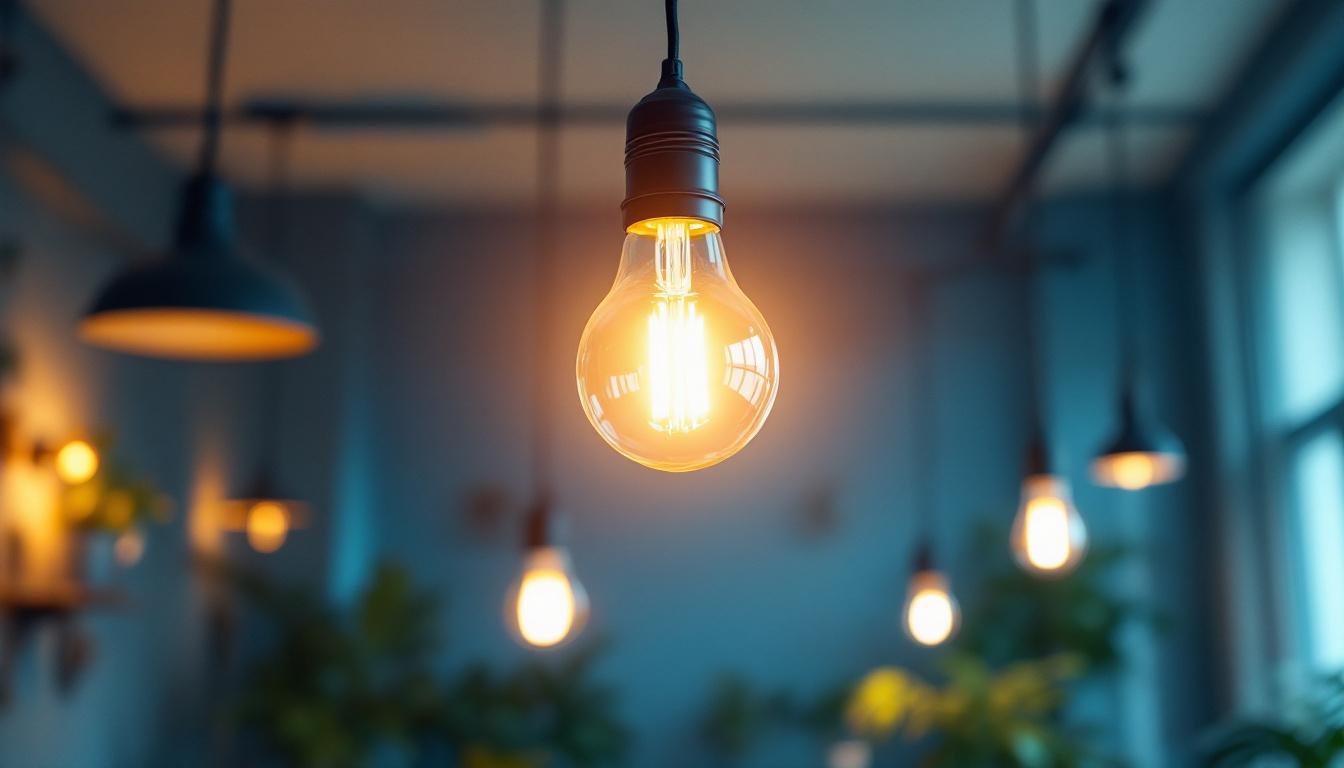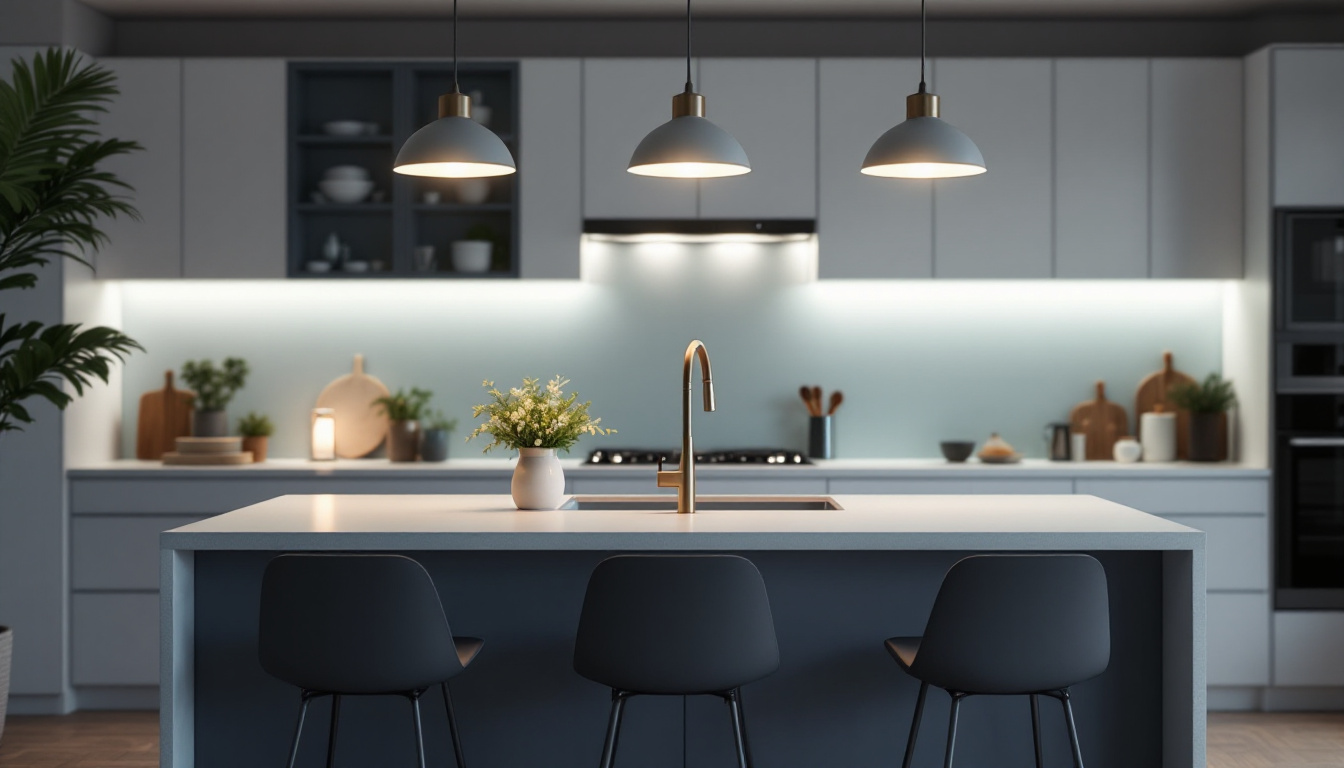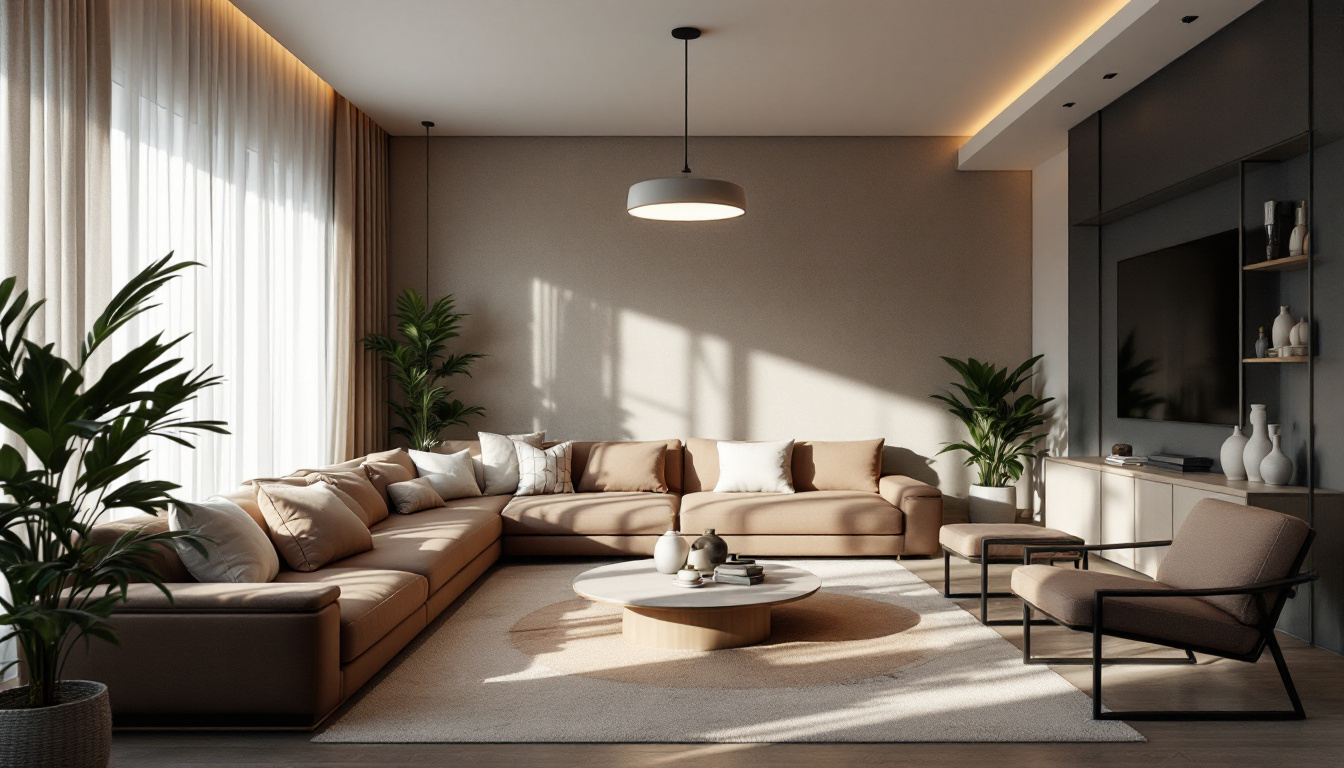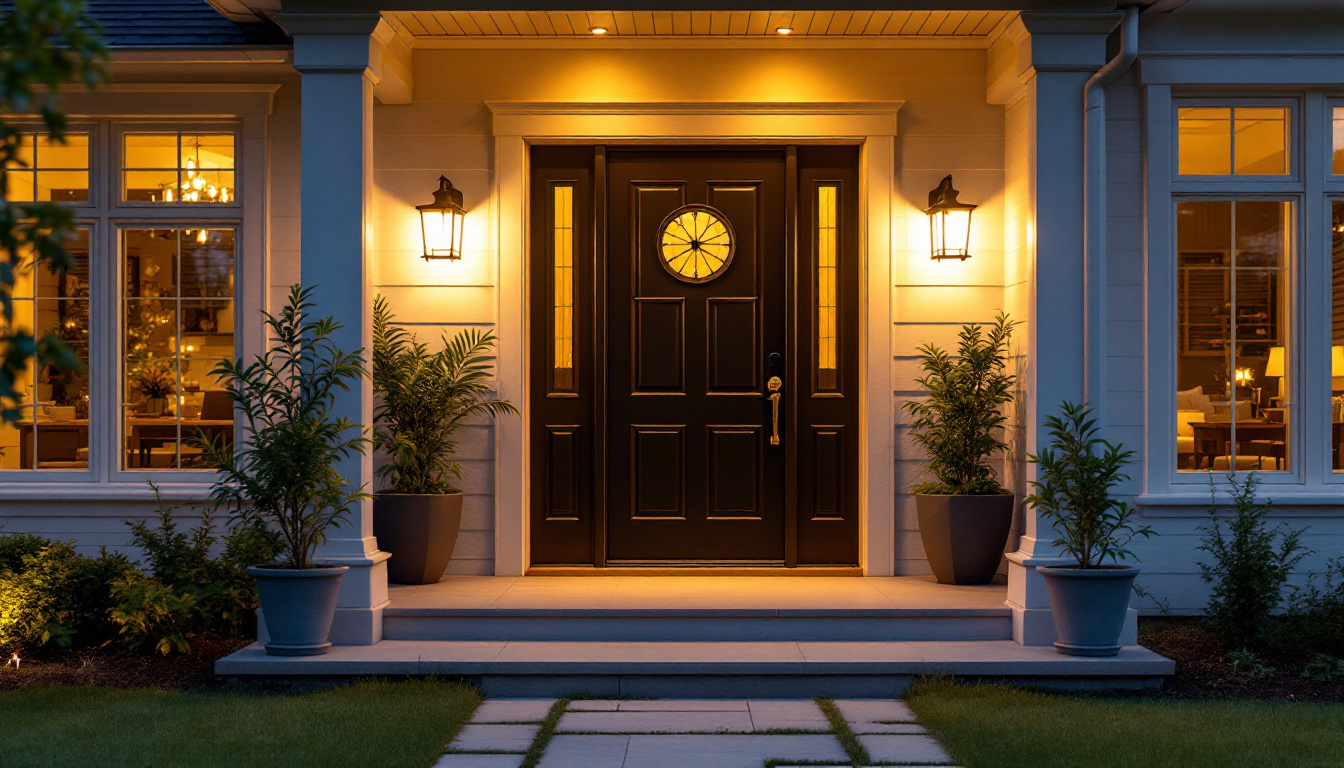
When it comes to lighting installations, lumens are the fundamental unit of measurement that define brightness. Unlike watts, which measure energy consumption, lumens quantify the amount of visible light emitted by a source. For lighting contractors, grasping the concept of lumens is essential to designing effective and efficient lighting systems that meet client needs and comply with industry standards.
120 lumens, in particular, represents a modest but significant level of brightness. It is often used in applications such as accent lighting, night lights, or small task lights. Understanding how bright 120 lumens actually is—and where it fits in the spectrum of lighting options—helps contractors make informed decisions about fixture selection, placement, and energy efficiency.
In practical terms, 120 lumens can illuminate a small area effectively, making it ideal for highlighting artwork or providing gentle illumination in hallways. This level of brightness is particularly advantageous in spaces where soft lighting is preferred, as it creates a warm and inviting atmosphere without overwhelming the senses. Additionally, when considering energy efficiency, fixtures that emit 120 lumens can often be found in LED options, which consume significantly less power than traditional incandescent bulbs, thus reducing both energy costs and environmental impact.
Moreover, it’s important for lighting designers to consider the color temperature of the light source when working with lumens. The perceived brightness of 120 lumens can vary dramatically depending on whether the light is warm (around 2700K) or cool (above 5000K). Warm light tends to create a cozy ambiance, making it suitable for residential settings, while cooler light can enhance focus and alertness, making it a preferred choice for workspaces. By understanding the interplay between lumens and color temperature, contractors can tailor their lighting designs to not only meet functional requirements but also enhance the overall aesthetic and mood of the environment.
To put 120 lumens into perspective, consider some common light sources. A typical 60-watt incandescent bulb produces roughly 800 lumens, so 120 lumens is about one-sixth of that brightness. It’s comparable to the output of a small LED night light or a single candle’s light. This level of illumination is sufficient for subtle lighting effects but not for general room illumination.
For example, a flashlight emitting 120 lumens provides enough brightness to navigate a dark room or a short outdoor path safely. However, it would not be adequate for detailed tasks or lighting a large area. This makes 120 lumens ideal for applications where soft, localized light is desired without overwhelming the space. In fact, many people use 120-lumen lights for outdoor activities like camping, where they can illuminate a tent or a small area without attracting unwanted insects or disturbing wildlife.
In a residential setting, 120 lumens can be used effectively for hallway lighting, stairwell illumination, or as a night light in bedrooms and bathrooms. It provides enough light to ensure safety and visibility without causing glare or disturbing sleep. In commercial environments, 120 lumens might be deployed in display cases, signage backlighting, or as part of layered lighting schemes to highlight architectural features. For instance, in a boutique store, strategically placed 120-lumen lights can create an inviting atmosphere that draws customers in without overwhelming them with brightness.
Lighting contractors should note that the perceived brightness of 120 lumens varies based on fixture design, beam angle, and surface reflectance. A focused beam from a spotlight will appear brighter than the same lumens spread over a wide area. Therefore, understanding the interplay between lumens and fixture characteristics is critical for achieving the desired lighting effect. Additionally, the color temperature of the light can also influence how bright it feels; warmer tones may seem softer and more inviting, while cooler tones can create a more clinical or energetic ambiance. This interplay of factors makes it essential for designers to carefully consider not just the lumens but the overall lighting scheme to create the desired mood and functionality in any space.
With growing emphasis on energy efficiency and sustainable building practices, using the right lumen output is more important than ever. Over-lighting a space wastes energy and increases operational costs, while under-lighting can compromise safety and functionality. A 120-lumen light source strikes a balance for many applications, providing sufficient illumination without excessive power consumption.
Modern LED technology enables lighting contractors to deliver 120 lumens at a fraction of the energy cost compared to traditional incandescent or halogen bulbs. This not only reduces the environmental footprint of lighting installations but also aligns with increasingly stringent energy codes and green building certifications. Furthermore, the longevity of LED fixtures means that replacements are less frequent, further contributing to sustainability by reducing waste and resource consumption over time.
Lighting installations are not just about visibility; they also influence mood, productivity, and comfort. Using 120 lumens appropriately can create inviting atmospheres and reduce eye strain. For example, in hospitality or healthcare settings, soft lighting at this level can promote relaxation and calm, improving overall user experience. The psychological effects of lighting are profound; studies have shown that well-lit environments can enhance creativity and focus, making the right lumen output essential in workplaces and educational settings.
Lighting contractors must consider factors such as color temperature, glare control, and dimming capabilities alongside lumen output. When paired with 120 lumens, these factors help tailor lighting solutions that meet the nuanced needs of different environments and occupants. For instance, in a retail space, a warm color temperature combined with 120 lumens can create an inviting atmosphere that encourages customers to linger and browse, ultimately boosting sales. Additionally, incorporating smart lighting systems that allow for adjustments in brightness can further enhance user comfort and adaptability, ensuring that spaces remain functional and appealing throughout the day and into the evening.
In residential projects, 120 lumens is commonly used for secondary lighting purposes. Examples include under-cabinet lights in kitchens, closet illumination, and pathway lights in gardens or hallways. These applications benefit from the subtle brightness that 120 lumens provides, enhancing safety and aesthetics without overpowering the space.
Lighting contractors should also consider integrating 120-lumen fixtures with smart controls and sensors. This enables automated lighting that adjusts based on occupancy or ambient light levels, further optimizing energy use and convenience for homeowners.
In commercial settings, 120 lumens is often part of layered lighting strategies. Retail environments might use it to highlight merchandise without distracting from the overall store lighting. In offices, it can serve as accent lighting to reduce harsh contrasts and create a more comfortable workspace.
Industrial applications may include equipment indicator lights or safety markers where high brightness is unnecessary but visibility is crucial. Lighting contractors should assess the specific requirements of each project to determine where 120 lumens fits best within the lighting hierarchy.
Outdoor lighting installations frequently utilize 120 lumens for pathway markers, garden spotlights, and decorative fixtures. This level of brightness provides adequate visibility for safe navigation while preserving the natural ambiance of outdoor spaces.
When designing outdoor lighting, contractors must account for factors such as weather resistance, light pollution, and wildlife impact. Using 120 lumens appropriately can minimize energy use and reduce glare, contributing to environmentally responsible lighting design.
The effectiveness of 120 lumens depends heavily on the choice of fixture and its beam angle. Narrow beam angles concentrate light into a smaller area, making the light appear brighter and more intense. Wide beam angles distribute light over a larger area, resulting in softer illumination.
Lighting contractors should match the beam angle to the application: a narrow beam for accent lighting or task lighting, and a wider beam for ambient or general lighting. This ensures that the 120 lumens are utilized efficiently and the lighting design achieves its intended purpose.
While lumens measure brightness, color temperature and CRI influence how light interacts with colors and materials. A 120-lumen light with a warm color temperature (around 2700K to 3000K) creates a cozy and inviting atmosphere, whereas cooler temperatures (4000K to 5000K) are better suited for work environments requiring alertness and focus.
High CRI values (above 80) ensure that colors appear natural and vibrant under the light source. Lighting contractors should specify fixtures with appropriate color temperature and CRI to complement the 120-lumen output and meet the aesthetic and functional goals of the installation.
Incorporating dimmable fixtures and compatible control systems enhances the versatility of 120-lumen lighting. Dimming allows users to adjust brightness levels according to time of day, activity, or preference, improving comfort and energy savings.
Contractors should verify that the selected 120-lumen fixtures support dimming and integrate seamlessly with control technologies such as occupancy sensors, daylight harvesting systems, or smart home platforms. This future-proofs installations and adds value for clients.
120 lumens may seem modest compared to higher lumen outputs, but its strategic use is critical in lighting installations. It offers a balance of sufficient brightness, energy efficiency, and visual comfort that suits a wide range of residential, commercial, and outdoor applications.
For lighting contractors, understanding the nuances of 120 lumens—including its practical brightness, technical considerations, and appropriate applications—enables the creation of lighting designs that are both functional and aesthetically pleasing. By leveraging this knowledge, contractors can optimize lighting performance, comply with energy standards, and enhance user satisfaction across diverse projects.
Ready to elevate your lighting installations with the perfect balance of brightness and efficiency? Look no further than LumenWholesale for all your lighting needs. Our extensive selection of spec-grade lighting products ensures you have access to the best solutions for any project. Say goodbye to inflated markups and hello to unbeatable wholesale prices, all while enjoying the convenience of free shipping on bulk orders. Don’t compromise on quality or value; choose LumenWholesale for reliable, high-performance lighting that meets the highest industry standards. Wholesale Lighting at the Best Value is just a click away. Enhance your lighting designs and client satisfaction today!

Discover why staying updated on the latest trends and technologies in kitchen island lighting is crucial for every lighting contractor.

Discover the advantages and drawbacks of installing living room lamp ceilings from a lighting contractor’s perspective.

Discover how lighting contractors can enhance their business by incorporating black outdoor lamp posts into their projects.

Discover why a front door light is an essential tool for every lighting contractor.